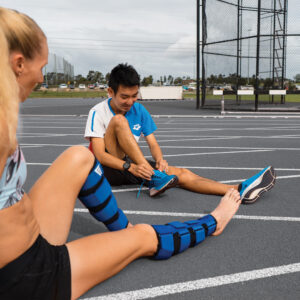
Bob & Brad Physical Therapists
Physio Exercise Products

Robin McKenzie
Treat Your Own Back & Lumbar Rolls

Freddy Kaltenborn
Manual Therapy

Ginger Garner
Education

Stacy Barrows
SmartRollers - Smart Somatic Solutions

Eric Franklin
Franklin Method Fitness Products

Brian Mulligan
Mulligan Manual Therapy & Belts

Lauren Roxburgh
Pilates, Yoga

Bill Landry
Male Pelvic Floor Rehab & Arthritis Care

Diane Lee
Pregnancy & Pelvic Support


 Ask A Question
Ask A Question
 Tax Exempt Shopping
Tax Exempt Shopping
 Get Clinical Pricing
Get Clinical Pricing
 Affiliate Program
Affiliate Program
 Retail Stores
Retail Stores
 Health Hub
Health Hub
 Shipping Policy
Shipping Policy
 Returns/Exchanges
Returns/Exchanges
 About Us
About Us
 Contact Us
Contact Us
 Login | Register
Login | Register

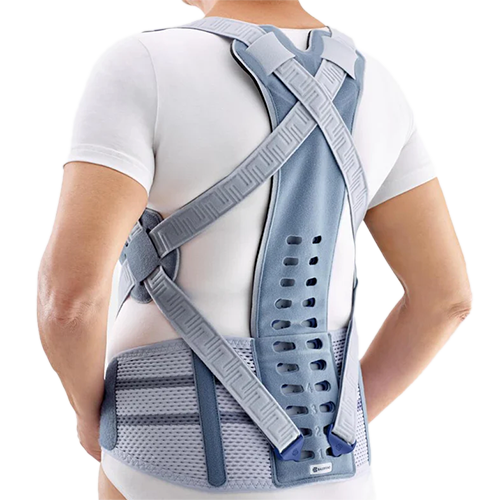


 BIOFLEX P120 Light Therapy System
BIOFLEX P120 Light Therapy System
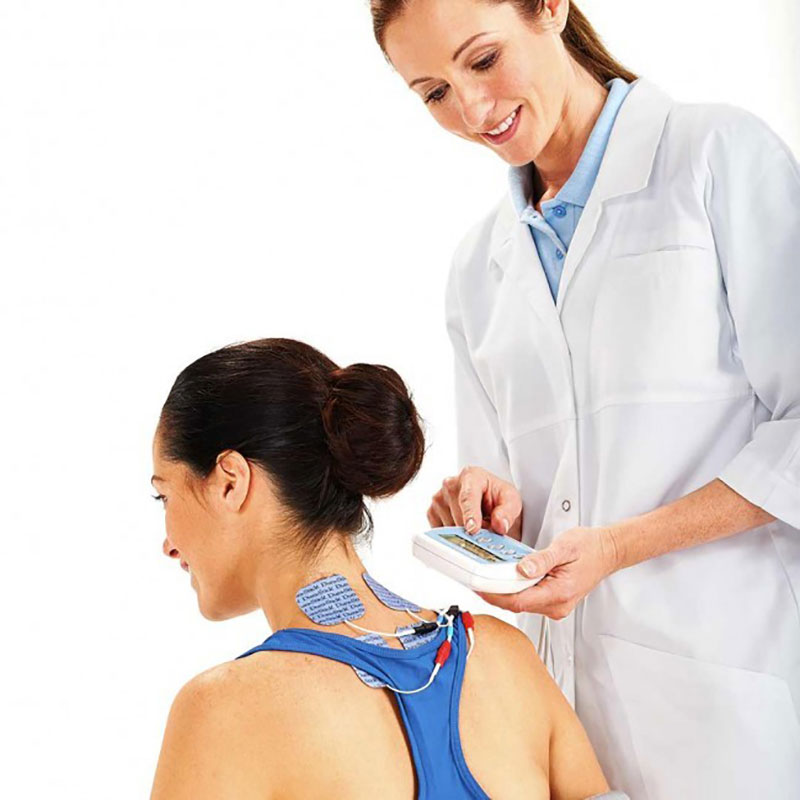
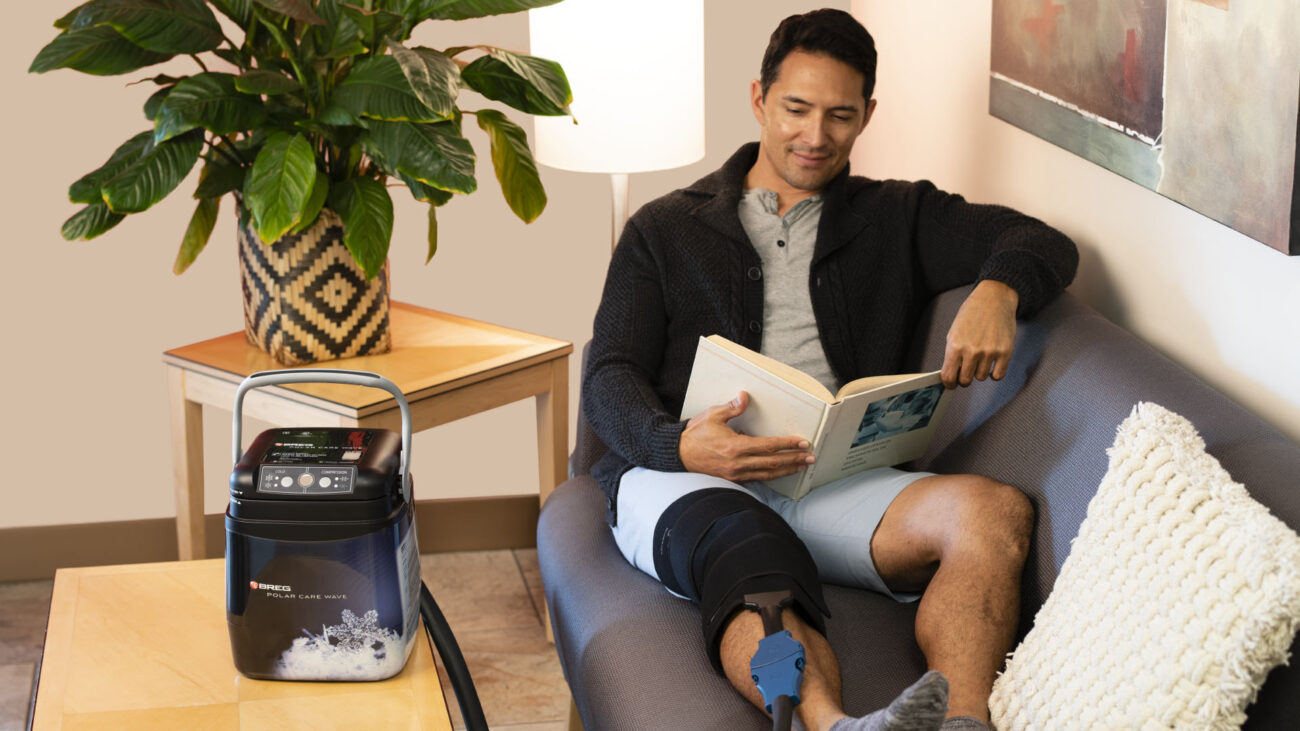
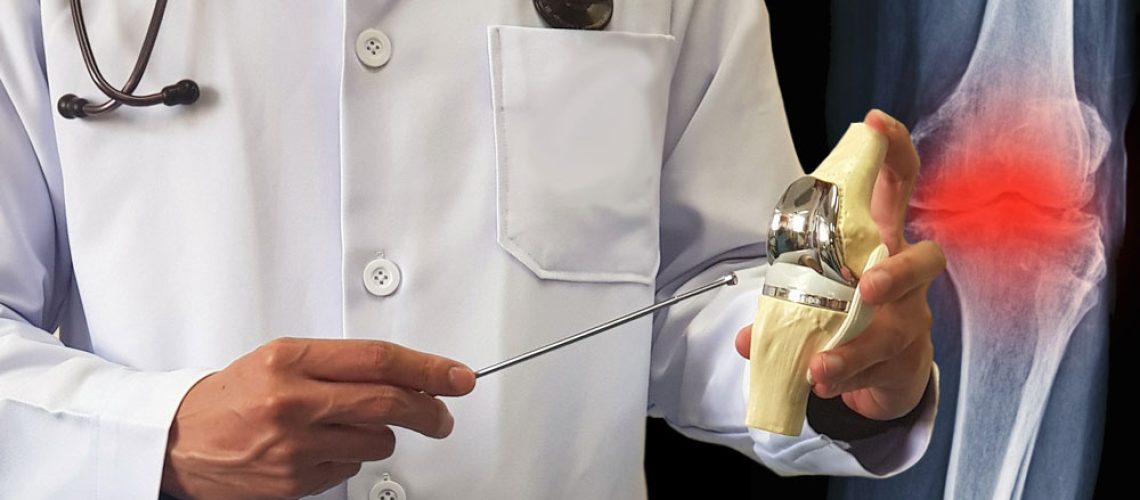
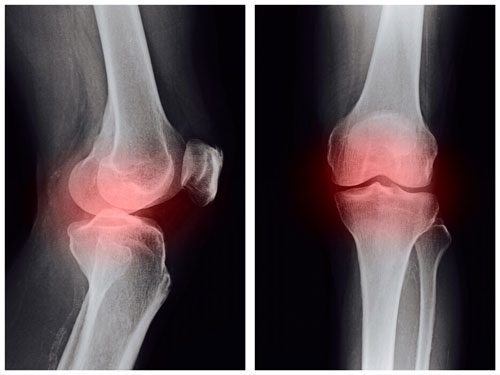
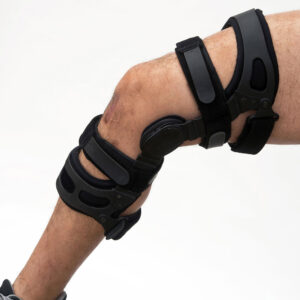 We sell several
We sell several 